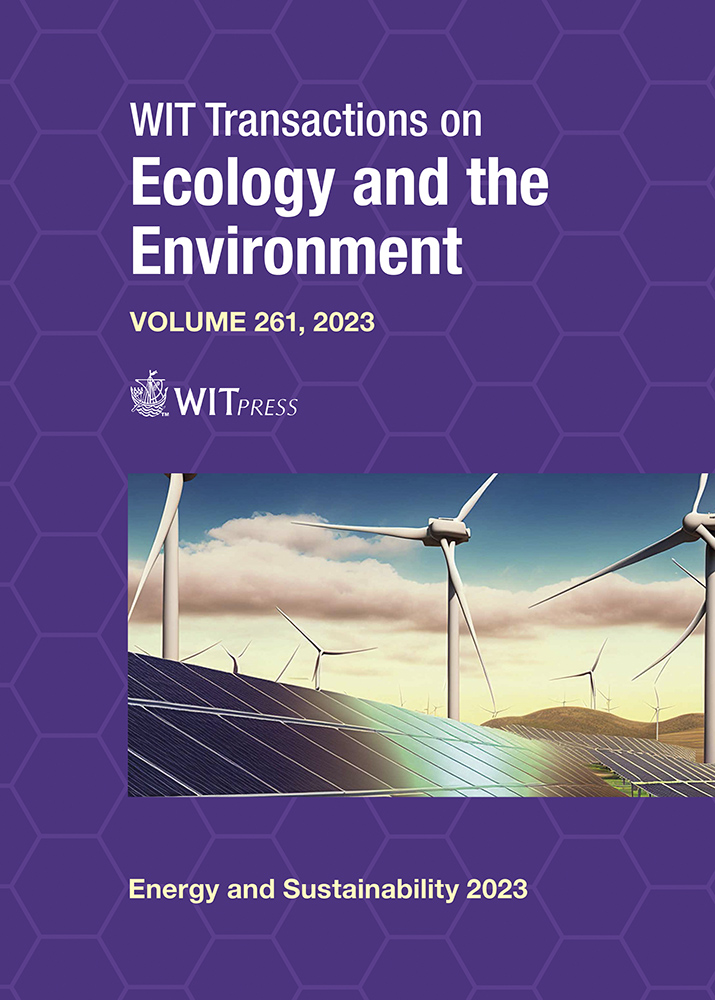APPLYING THE LEVEL(S) INDICATOR LANGUAGE TO RESILIENT HOUSING
Price
Free (open access)
Transaction
Volume
261
Pages
10
Page Range
307 - 316
Published
2023
Paper DOI
10.2495/ESUS230261
Copyright
Author(s)
CARMEN DÍAZ-LÓPEZ, DARIEL LÓPEZ-LÓPEZ, ANTONIO SERRANO-JIMÉNEZ, ÁNGELA BARRIOS-PADURA, JULIA HIRUELO PÉREZ, CARLOS ROSA-JIMÉNEZ
Abstract
The construction sector represents an opportunity to promote urban culture change in favour of housing stock regeneration, encouraging urban interventions that extend the life of buildings in a sustainable and resilient way from the project’s design phase. Level(s) is the European Union’s new language for sustainability, circular economy, and resilience indicators. Specifically, Indicator 2.3 proposes a process that assists the design and renovation of housing in a state of obsolescence to explore its maximum resilience to climatic, functional, and socio-economic effects. The indicator is made up of objectives that allow the needs of any occupant to be met throughout the useful life while also proposing a study of the payback time of the investment. The objectives of this indicator focus on the most efficient use of space, greater longevity and operational performance of the building and the longerterm vision of the valuable life by allowing the change of use of the building. Thus, this research aims to identify a resilient housing retrofit methodology based on Level(s). The following specific objectives have been identified: (i) resilience assessment of the current state of the pilot cases using Level(s) to meet this objective; (ii) design of new resilient housing configurations and analysis of project opportunities and constraints using Level(s); and (iii) assessment of cost amortisation. The results of this research allow for the identification of a comprehensive, functional, flexible, accessible, resilient, and dynamic space refurbishment model that allows for the maximum number of configurations for the maximum number of tenants over time, considering cost reduction, time and payback.
Keywords
retrofitting, payback, sustainability, flexibility, accessibility





